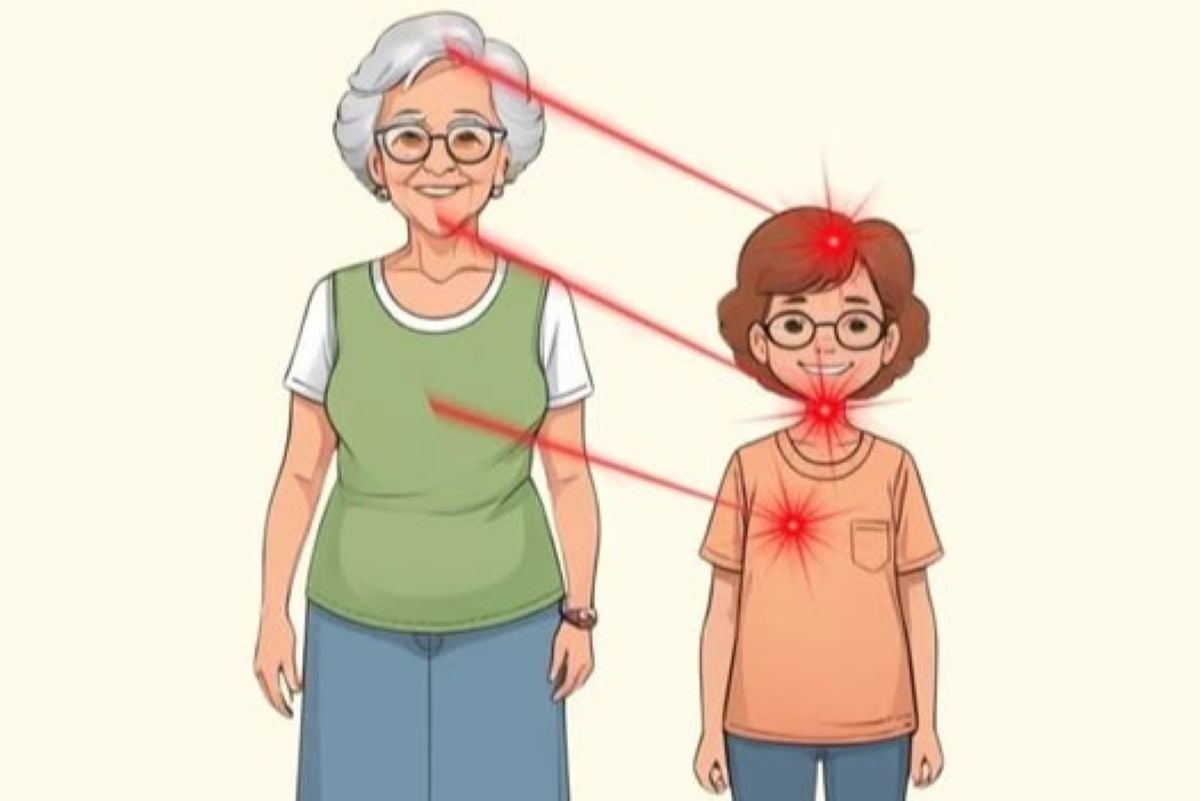We don’t just inherit jewelry or keepsakes from our grandmothers. Often, we also carry little pieces of them inside us.
It might show up in the shape of our smile, the way we laugh, or even the habits we don’t realize we picked up. These traits—big and small—become part of a family story that keeps their love and spirit alive through the generations.
1. Eye Color
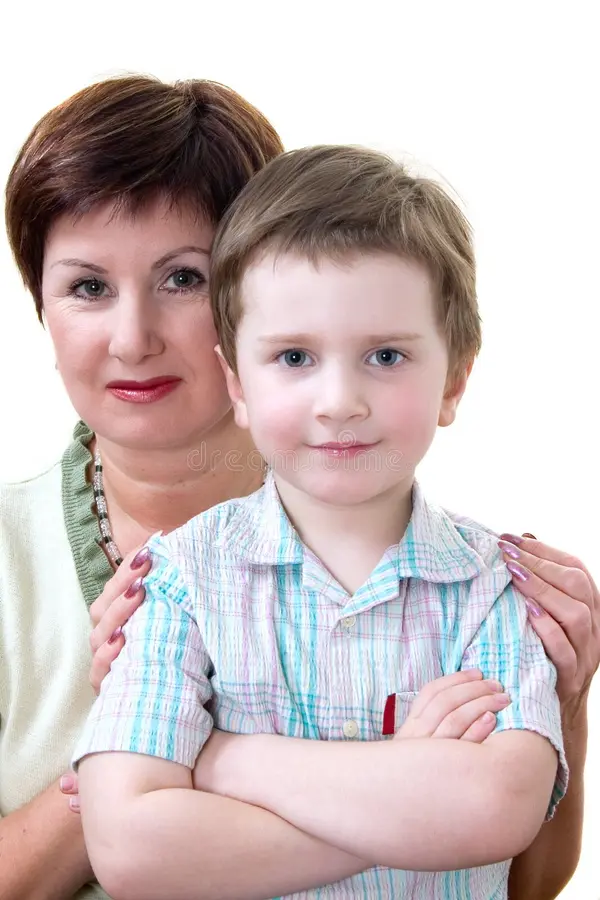
Your eye color is a little gift from your family tree. It’s shaped by many genes that decide how much pigment your iris holds and what kind it is.
For a long time, people thought brown eyes always won over blue. But scientists now know it’s not that simple. Genes like OCA2 and HERC2 play a big part, and sometimes a color can skip a generation. That means your grandmother’s eyes might show up in you—even if your parents don’t have the same shade.
Eyes can even shift a little over time. As we grow older, the brightness or depth of our color may change, but the base hue comes from our genes. When you look around your family and notice the mix of browns, blues, greens, or hazels, it tells a beautiful story of how family traits are shared.
2. Hair Color and Texture
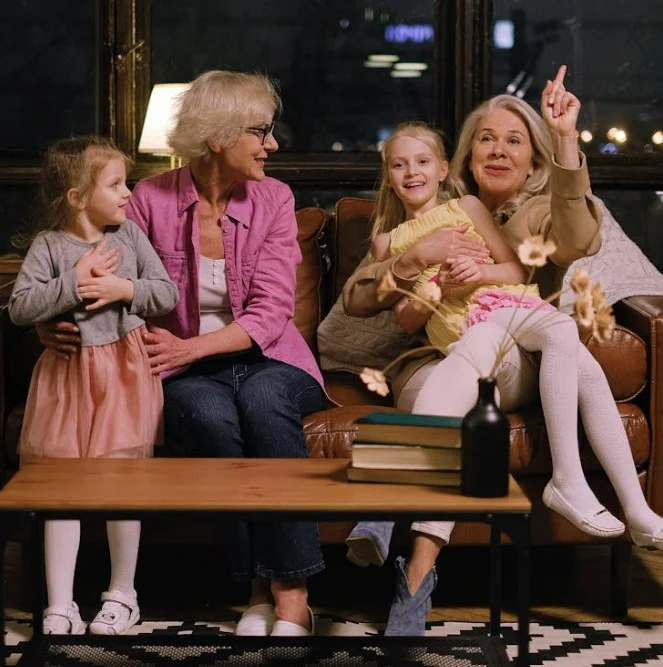
Just like eye color, hair is another family treasure. The shade of your hair comes from two types of melanin, and the mix of them creates everything from blonde to brown, black to red. Your grandmother’s genes can play a strong role in the shade you carry.
Texture is also part of the package. Straight, wavy, or curly—these traits are written in your DNA too, though they can change a little as life goes on, especially with hormones or age.
When you trace your family’s history, you’ll often see patterns. Maybe one side is full of curls, while the other tends toward straight locks. And sometimes, even if your parents don’t show those features, you might get them anyway—like a sweet surprise passed down from your grandmother.
3. Widow’s Peak
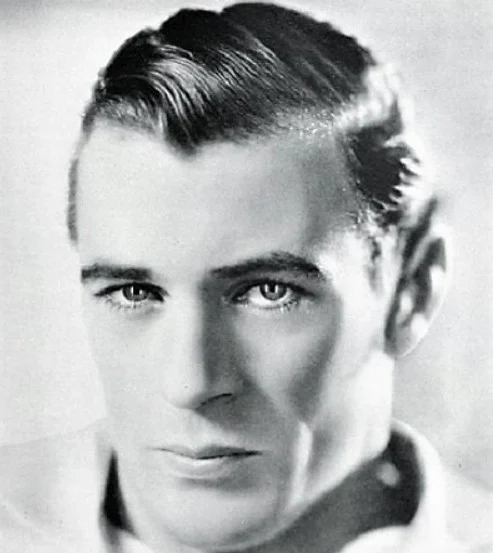
A widow’s peak is that little V-shaped point right in the middle of your hairline. Some people wear it like a crown, and it often runs in families.
If your grandmother has a widow’s peak, there’s a good chance you or your children might share it, too. Sometimes it shows up boldly, other times just a hint, and it can even shift as hairlines change with age.
Whether or not you have one depends on a mix of genes from both sides of your family, but spotting one on Grandma is often a sweet clue that it could appear again in later generations.
4. Dimples
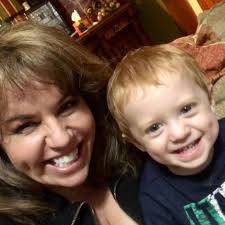
Dimples are those darling little dents that show up when someone smiles. They’ve long been thought of as a simple “dominant” trait, but the truth is a little more complicated.
If your grandmother has those bright, noticeable dimples, you may find them smiling back at you in the mirror—or even in your kids. Sometimes dimples fade a bit with age, which makes their family pattern harder to track.
Scientists believe more than one gene is involved, which is why dimples can skip a generation and then surprise everyone by popping back up. Either way, they’re one of those small, sweet touches that make family resemblances feel so special.
5. Freckles
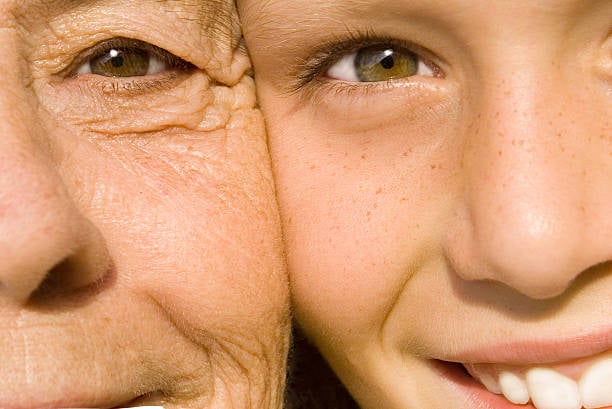
Freckles are those tiny, light-brown spots that love to pop out when the sun shines. They come from genes that guide how our skin makes melanin, especially near a gene called MC1R—the same one often linked to red hair.
If your grandmother had freckles, there’s a good chance you or your children might have them too. Sunlight can make freckles more noticeable, which is why they often appear across the nose, cheeks, or arms.
Many families see freckles most in childhood. They may fade as we grow older, but the memory of them—like a sprinkle of sunshine across the face—often feels like a sweet family trait.
6. Body Shape and Fat Distribution
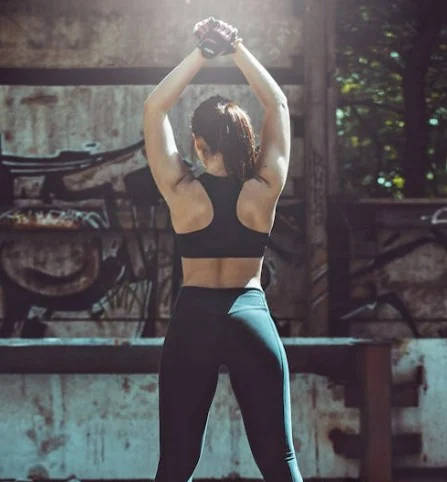
The way our bodies are shaped—whether we carry more around the hips, tummy, or thighs—can be influenced by family genes.
If your grandmother had a certain build, you might notice the same pattern in yourself or your kids. Genes help guide metabolism, appetite, and fat storage, but hormones and daily habits like food choices and exercise also play a big role.
Even with a genetic nudge toward a certain body type, healthy living can shape how strongly those traits show up. And sometimes, seeing a familiar resemblance in body shape becomes a gentle reminder to share family tips about caring for our health—just like Grandma always encouraged.
7. Earlobe Attachment
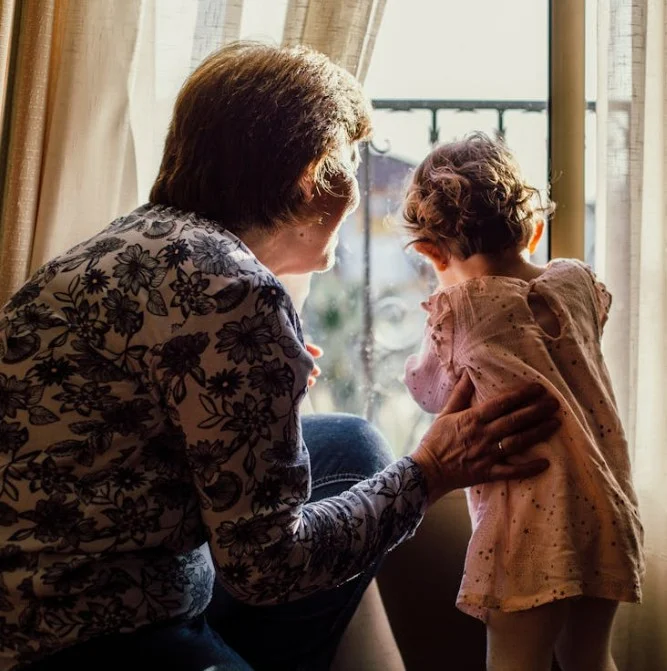
Take a look at your earlobes—do they dangle freely, or are they snug against your head? Earlobes usually fall into two categories: “free,” where they hang below, or “attached,” where they blend right into the side of the face.
Old science lessons used to say free earlobes were dominant, but researchers now know the story is more complex. Several genes work together to decide the shape, which is why some people even end up with earlobes that are somewhere in between.
If your grandmother had a certain kind of earlobe, you might just share the same design. Looking at family members’ ears can actually be a fun way to see little hints of your shared history.
8. Nose Shape
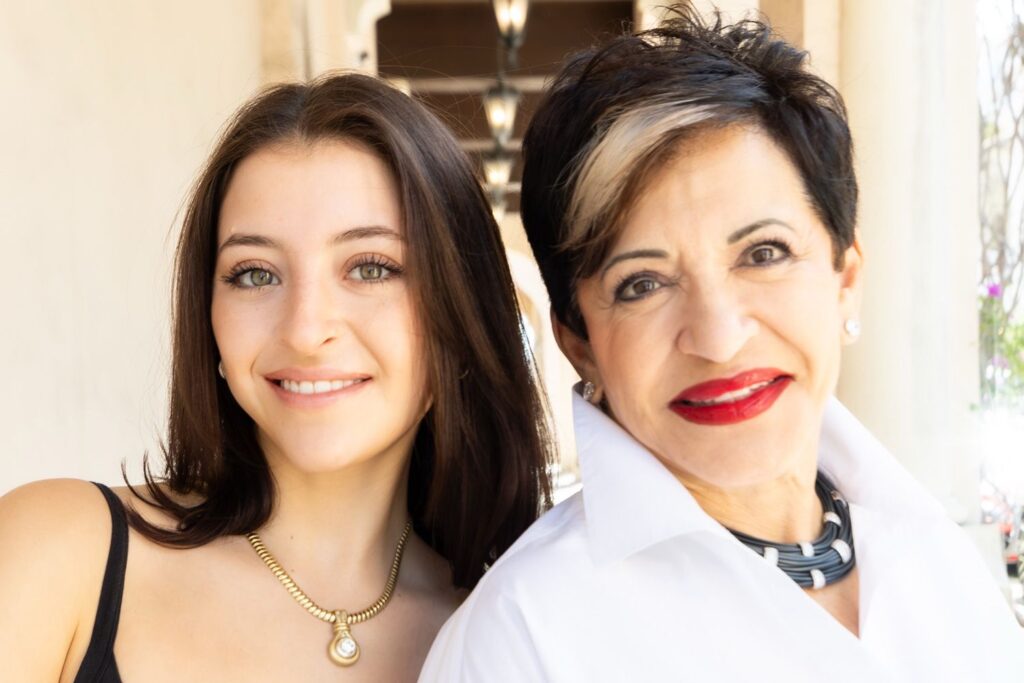
Noses are another wonderful family feature. The width of the nostrils, the curve of the bridge, and even the tip are all guided by different genes. That’s why you might notice a “family nose” passed down from one generation to the next.
Your grandmother’s genes, mixed with those from other relatives, can create special details—like a gentle bump on the bridge or a slender, delicate shape. Of course, life events like injuries or surgeries can change the look a bit, but the family resemblance usually shines through.
Spotting those similarities—maybe your nose mirrors Grandma’s—can feel like carrying a piece of her with you, right in the center of your face.
9. Cleft Chin

A cleft chin is that little dimple or groove some people have right in the center of their chin. For some, it’s deep and noticeable, while for others it’s just a faint mark.
If your grandmother has a cleft chin, you or your siblings might share it, too. But like many family traits, it can skip a generation and surprise you later.
Over time, as our faces change with age, a cleft chin may look more or less visible. Still, when it shows up, it feels like a unique family stamp—a sweet reminder of the generations before you.
10. Lactose Tolerance or Intolerance
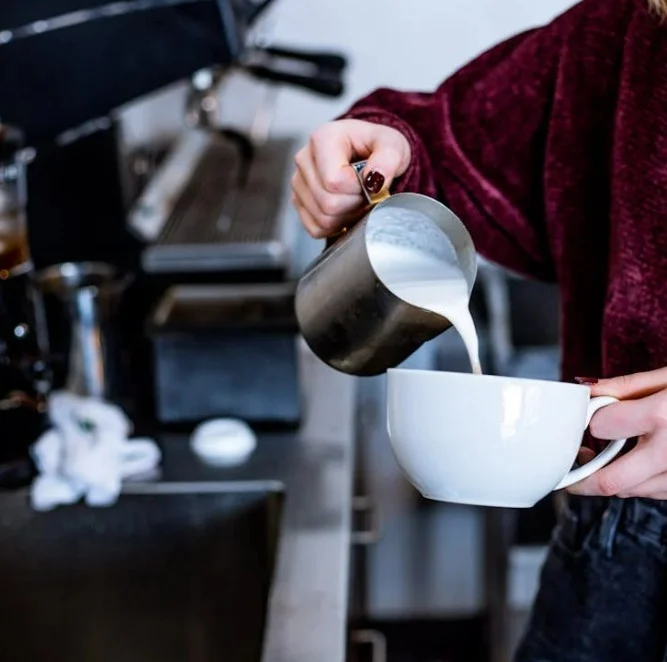
Whether you can enjoy a glass of milk without trouble depends on your genes. Lactose is the sugar in milk, and some people keep the enzyme that digests it well into adulthood, while others lose it after childhood.
If your grandmother could drink milk and eat cheese without problems, she may have passed along that helpful gene to you. On the other hand, if she avoided dairy, that might be a clue to your own tummy troubles.
Even with the “milk-friendly” gene, diet and gut health can sometimes change how well we handle dairy. Watching how food traits run in the family—like who enjoys ice cream without a second thought—can be a fun way to see Grandma’s influence in everyday life.
11. Handedness
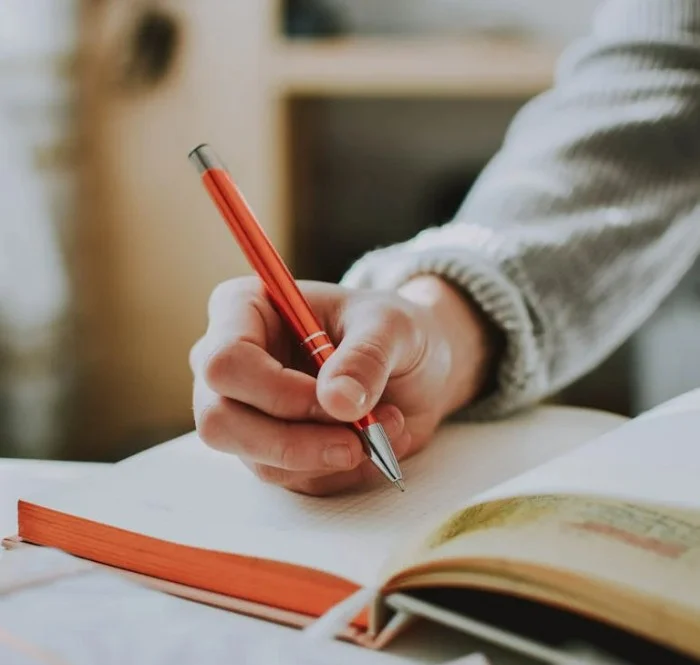
Are you right-handed or left-handed? That choice often comes from a mix of genes and life experiences. If your grandmother is left-handed, you may notice more lefties popping up in that side of the family.
Still, it’s not something you can predict with certainty. Environment and chance play a role, too. While right-handedness is most common around the world, families with several left-handed members show just how much genetics can influence this everyday trait.
Looking for patterns like this can be a fun way to see how family history shapes even the smallest details of who we are.
12. Mannerisms
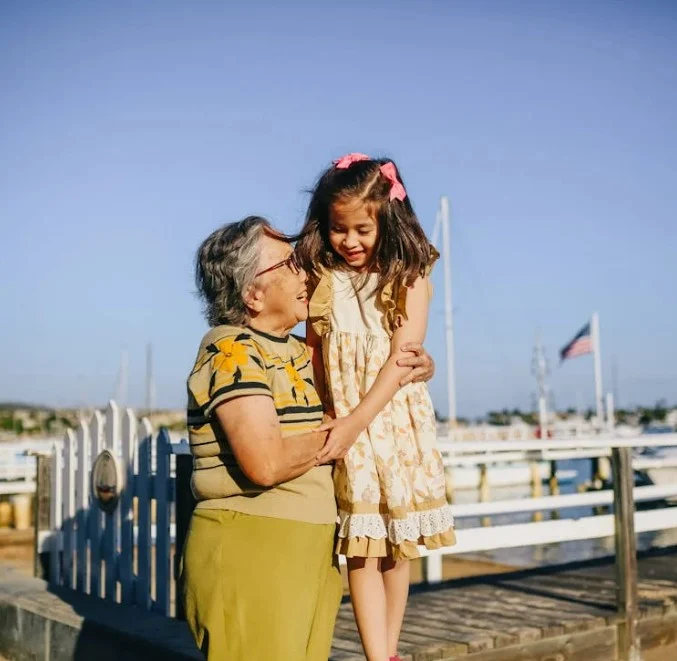
Have you ever noticed how you laugh just like your grandmother—or how you both tilt your head the same way when you’re listening? Mannerisms, like the way we walk, talk, or smile, can be partly influenced by our genes, but they’re also shaped by the people we spend time with.
Sometimes we inherit subtle traits in our muscles or temperament that make certain expressions feel natural. Other times, we simply pick up habits by watching someone we love. That’s why a grandchild’s giggle or hand gesture can feel like a mirror of Grandma’s.
It’s this blend of nature and nurture that makes family resemblances so heartwarming. Every smile, every gesture can be a reminder of the connections that tie generations together.
Your grandchild is a part of you
At the end of the day, it’s not just our eyes, dimples, or freckles that connect us to our grandmothers—it’s the love, laughter, and little quirks we carry forward. Every trait, whether big or small, is like a gentle reminder that we’re part of something bigger than ourselves—a family story still being written.
And maybe, just maybe, when someone says, “You remind me of your grandma,” it’s one of the sweetest compliments we’ll ever hear.
Love Being a Grandma?

Join 7,900+ grandmas who wake up to a cheerful, uplifting email made just for you. It’s full of heart, sprinkled with fun, and always free. Start your mornings with a smile—sign up below! ❤️

